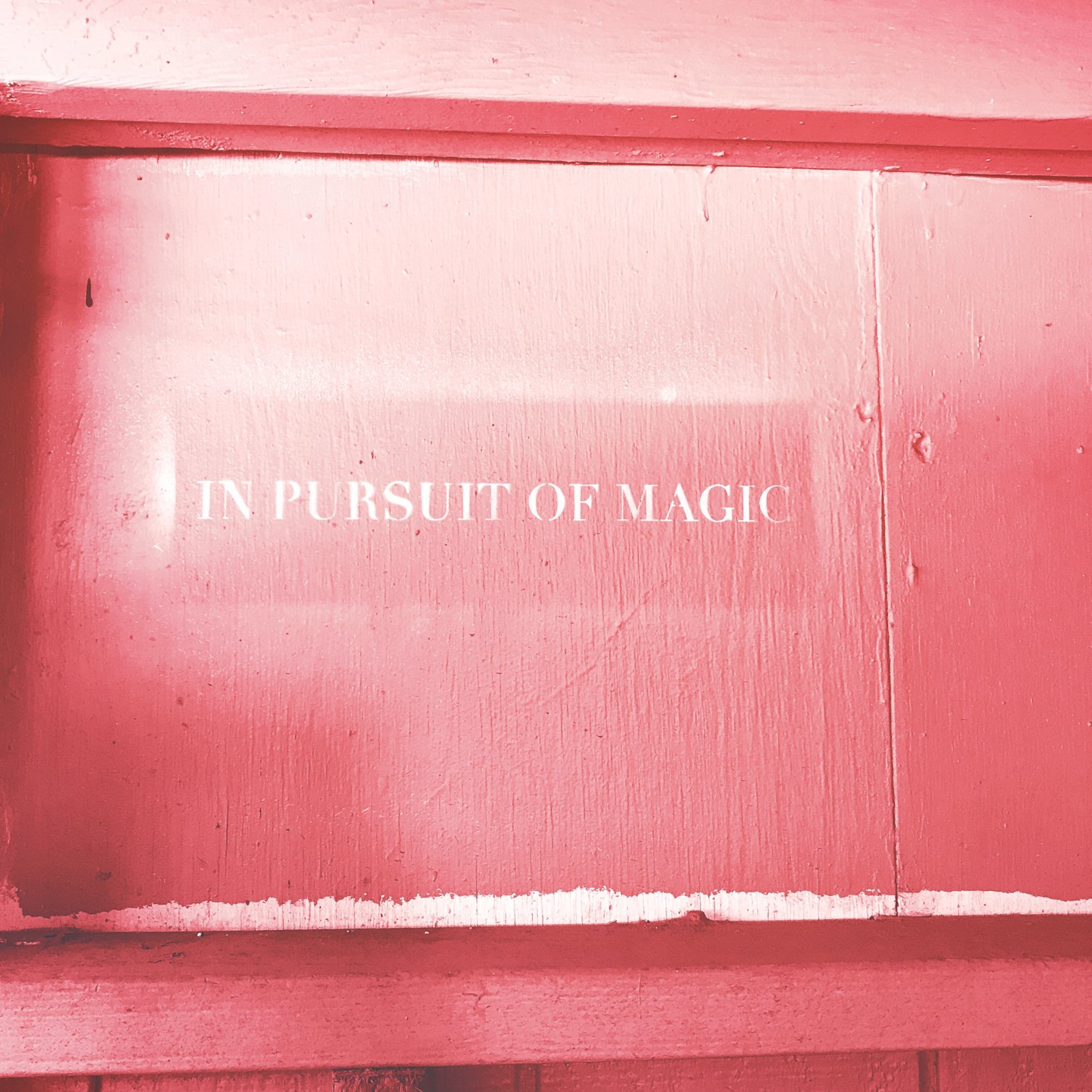Add Heart and Soul - Motivating through Inspiring Stories
Legend has it that a young boy, travelling from the UK to the US with Virgin Atlantic, turned up at the airport holding a goldfish in a bag.
Not wanting to break the boy’s heart, check-in staff told him that they would check his beloved pet into the ‘special goldfish hold’ – in reality, due to strict regulations, the goldfish was not allowed to fly. Staff phoned ahead to the team in the US, who went out and bought an identical replacement fish ready for the boy to pick up at the end of his flight. Meanwhile his goldfish stayed safe at the check-in counter in the UK.
We never get tired of listening to stories like this – staff going that extra mile and organizations living up to their company slogan. Storytelling is often what gives competitive advantages to products, services and brands. But how can storytelling contribute to innovative projects for more sustainable societies?
The campfire plays an important role in all projects. You gather your team around the campfire and exchange stories of success and failures, triumphs and adversities. Storytelling brings teams together and, more importantly, inspires development. Therefore, storytelling is especially important in innovation work, where development is often focused on complex matters, sometimes not even heard of before, you need inspiration to keep trying. People identify with leaders and projects that push the limit, seek out adventure, try and fail but in the end brush themselves off to give it another go. A good story captures heart, mind and soul. It attracts audiences, potential users, future colleagues, investors, partners and inspires your team to go that extra mile. Studies show that value-driven companies are more successful than others, but to succeed they need to communicate the values through a story. Sustainability is no exception.
In our research we have listened to our respondents telling us stories about their projects. They have also told us about the power of stories in their projects, e.g. how inspiring anecdotes and funny incidents create a common vision for colleagues, or a base for citizen dialogue, as well as facilitate knowledge preservation. These stories also seem to explain why some of them get out of bed each morning and keep trying harder, keep innovating for the future. Many sustainability projects use storytelling to communicate with their audiences through concept movies and other filmed material. The stories told us about the heart and the soul of each case.

Identify the heart and soul of your project, what makes it attractive and interesting.
Quotes from case interviews:
"Don't underestimate the importance of communication! The stories. They are a tool to motivate people... Our story has made several people committed to our project. Large organizations, among others. Maybe we could have worked on this even more early on! Maybe we should have hired a storyteller from the start. Society is short on stories and tales. There is not a clear beginning, end, not a hero, no villain. By way of example, we have kept an old warehouse and crane in the harbor - through it we can pass on the story of the place and its history.”
Micco Grönholm, City of Helsingborg (H22 and the making of a smarter city)
"We produced a short film that reached out in the media. The movie idea was based on a 3 minutes long sequence where the project was presented. Instead of live footage we had an animated film with Ahlgren's candy cars. It helped everyone to understand the bigger scope. The movie was a success.”
Jan Hellåker, Lindholmen Science Park (Drive Me)
"We want to create new innovations that become a spark, an inspiration for others to continue.”
Jesper Hedlund, Örebroporten Fastigheter AB (Digital twin city and AI.MEE project)
"Stories about the business are a valuable and precious resource for capturing key moments along our journey. They remind us who we are, they remind us about our achievements and our failures, they make us laugh, they stop us taking ourselves too seriously and they help new joiners understand the culture and history of the company they have joined.”
Paul Clarke, Ocado Group (SoMa and SecondHands – Ocado)
Top insights from interviews - how to identify and use stories to inspire
- Identify the heart and soul of your project, what makes it attractive and interesting to team members, partners, investors, the general public, and other stakeholders.
- Collect all the stories connected to your project via citizen dialogue, workshops with city administration representatives and other actors that might be able to contribute and communicate them, nicely packaged, in relevant ways.
- Place your project in a cultural-historical context, in urban planning it might be useful to hire a professional history writer for this purpose.
- Use stories to package and preserve knowledge.
- Do not forget to share the stories within the team - they are your best ambassadors.
- Resources: Invest in storytelling competence - this may include a copywriter, a researcher, historian, writer, or the like.
- Create a forum where stories can be shared, e.g. a digital or live project place.
- Validate your stories with facts and figures - collected throughout the project.
- Stories are born when people interact. Therefore, it is advisable to create meeting places and initiate interactive activities throughout the project.
If you are interested in reading more about the storytelling in innovative projects, we recommend the following cases: H22 and the making of a smarter city, Wild West End, Drive Me, Fawley Waterside, Under - an underwater restaurant and experience.